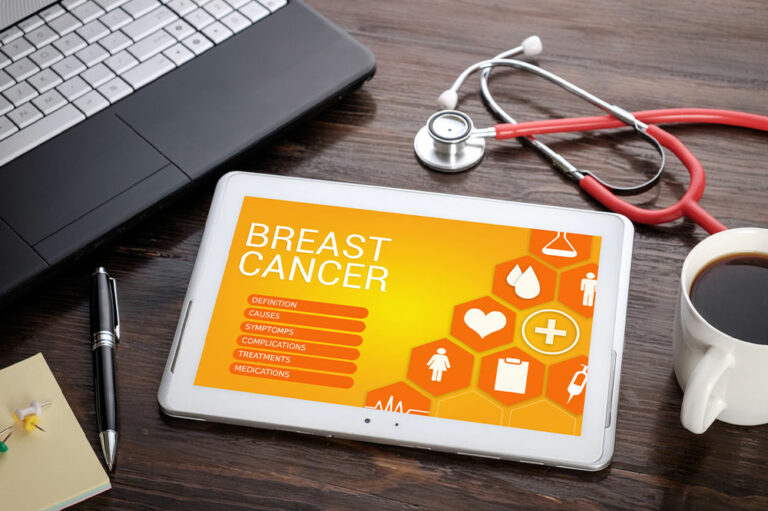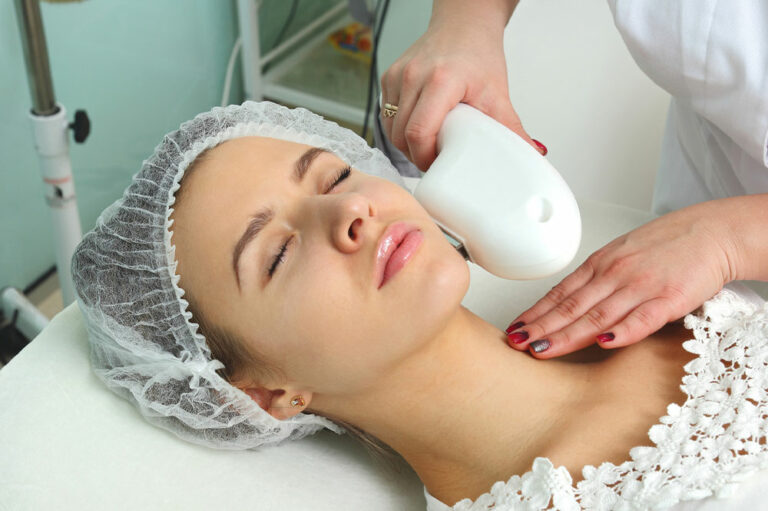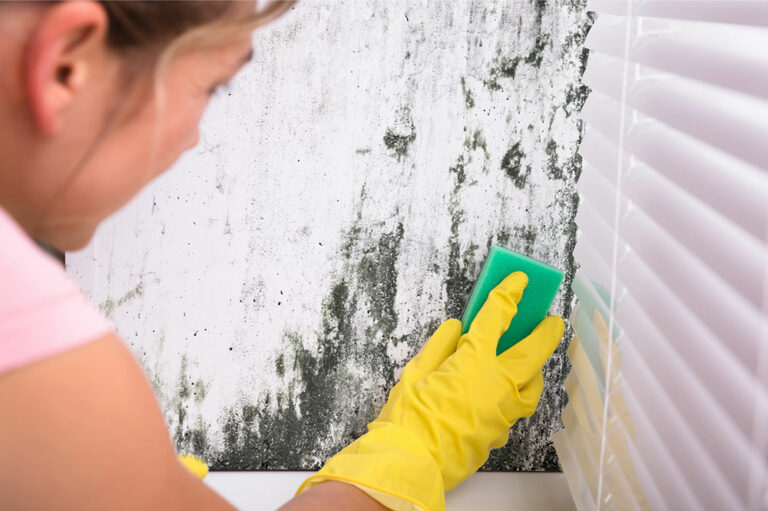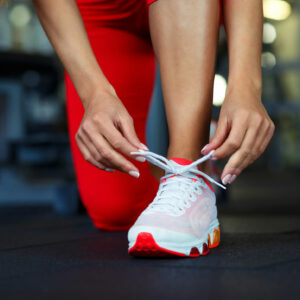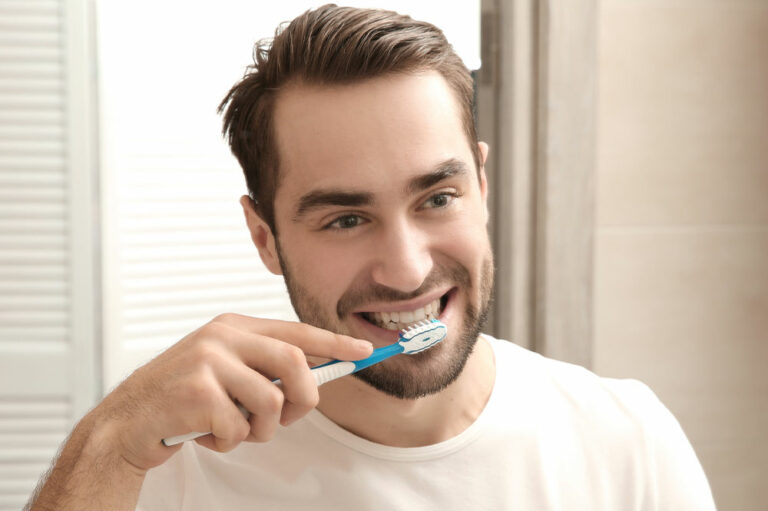
Health
10 easy ways to clean stained teeth
Several people experience changes in the color of their teeth over time. While these alterations can be subtle, they can occur over a gradual period, slowly damaging the teeth. These changes can be noticed in the form of yellow or discolored teeth, which may turn darker with age. Although at first, this may seem harmless, one must not ignore it. Keep reading to learn about ten simple ways to clean stained teeth. Brush regularly and use a mouthwash One must brush their teeth at least two times a day, and especially after consuming foods and beverages that can turn the teeth yellow, such as tea, coffee, soy sauce, balsamic vinegar, and tomato-based sauces. However, one must remember that brushing the teeth immediately after consuming acidic foods may do more harm than good. Doing so can take away tooth enamel, making the yellow color increasingly visible. Furthermore, to ensure one achieves a pearly smile, one can try whitening mouthwashes. These products contain incredibly low concentrations of chemicals like potassium pyrophosphate and sodium citrate that work by bleaching teeth and removing stains. Apply hydrogen peroxide and baking soda paste Most whitening gels contain peroxide-based agents that bleach the teeth. So, one can blend baking soda and hydrogen peroxide to create a paste and use it to get rid of plaque and bacteria buildup on the teeth.
Read More 

